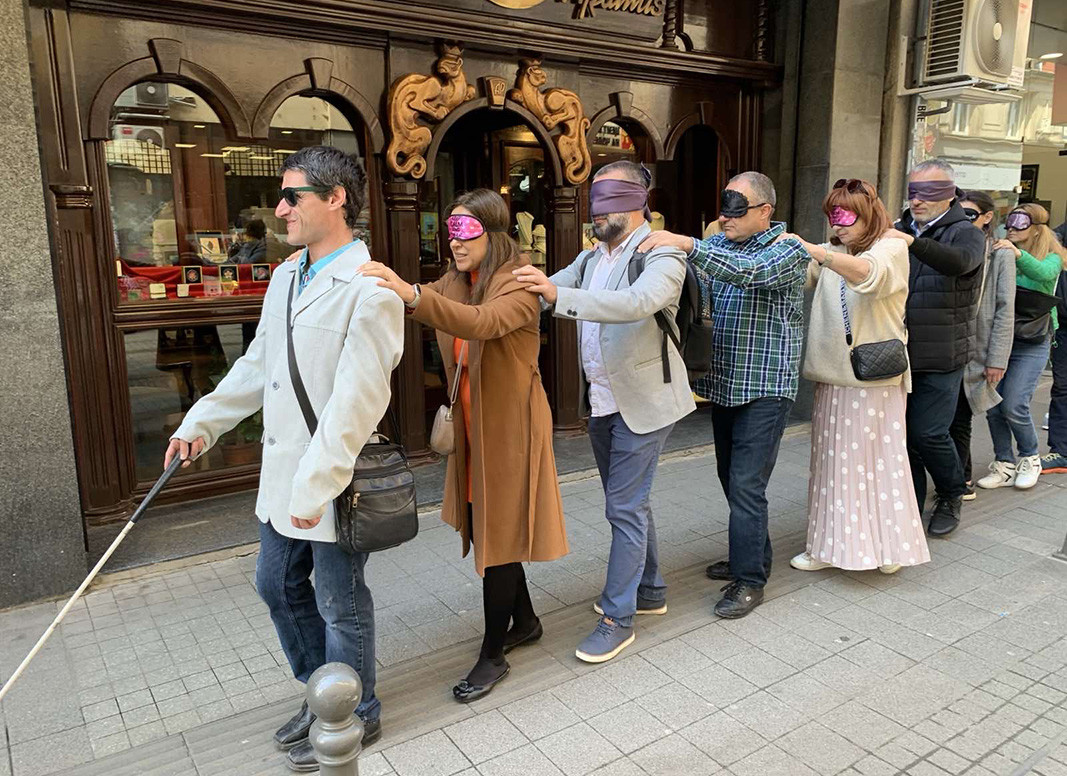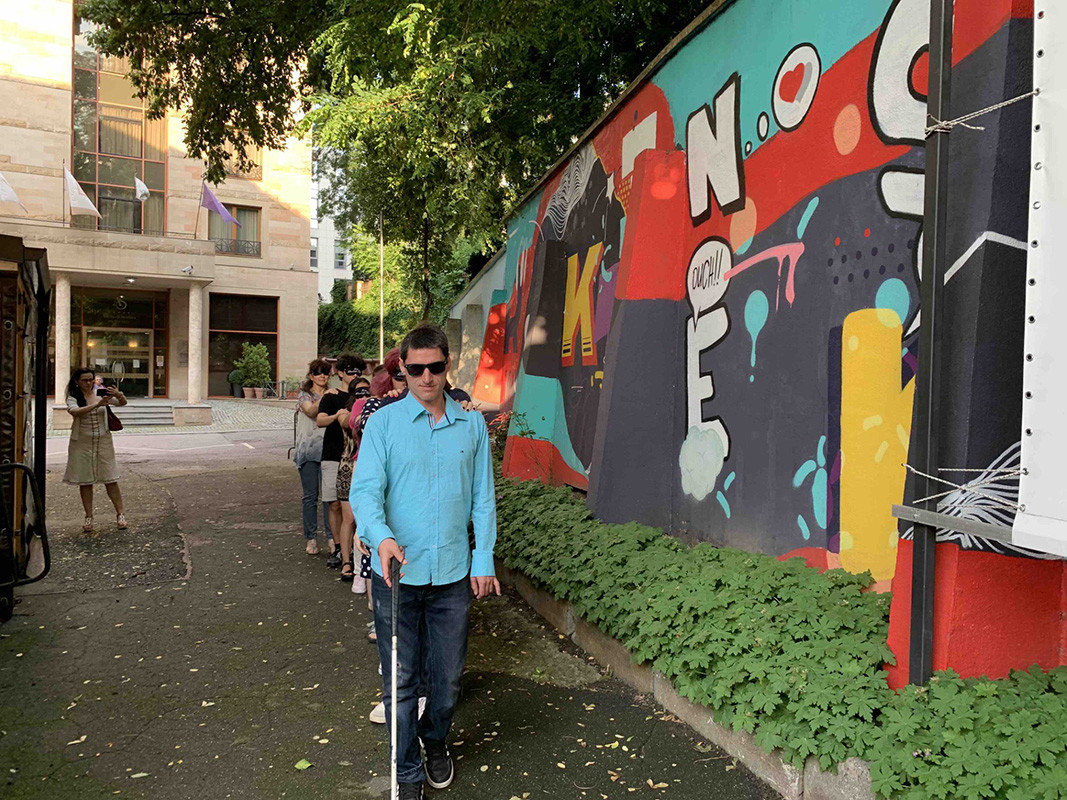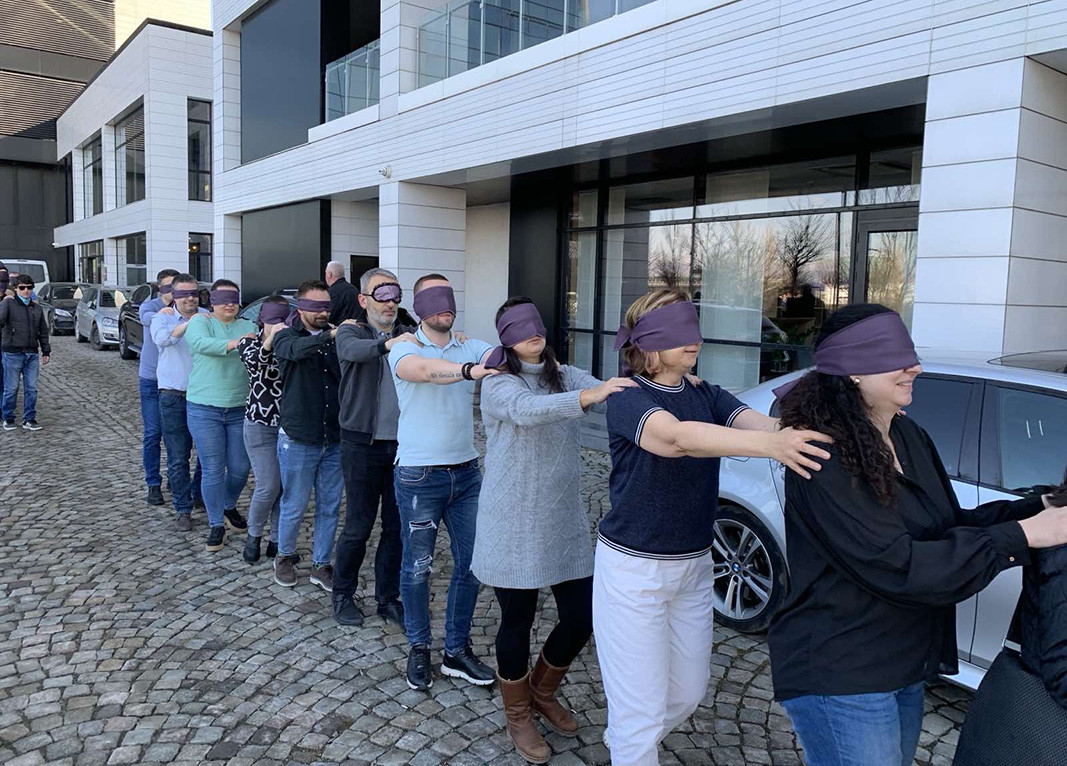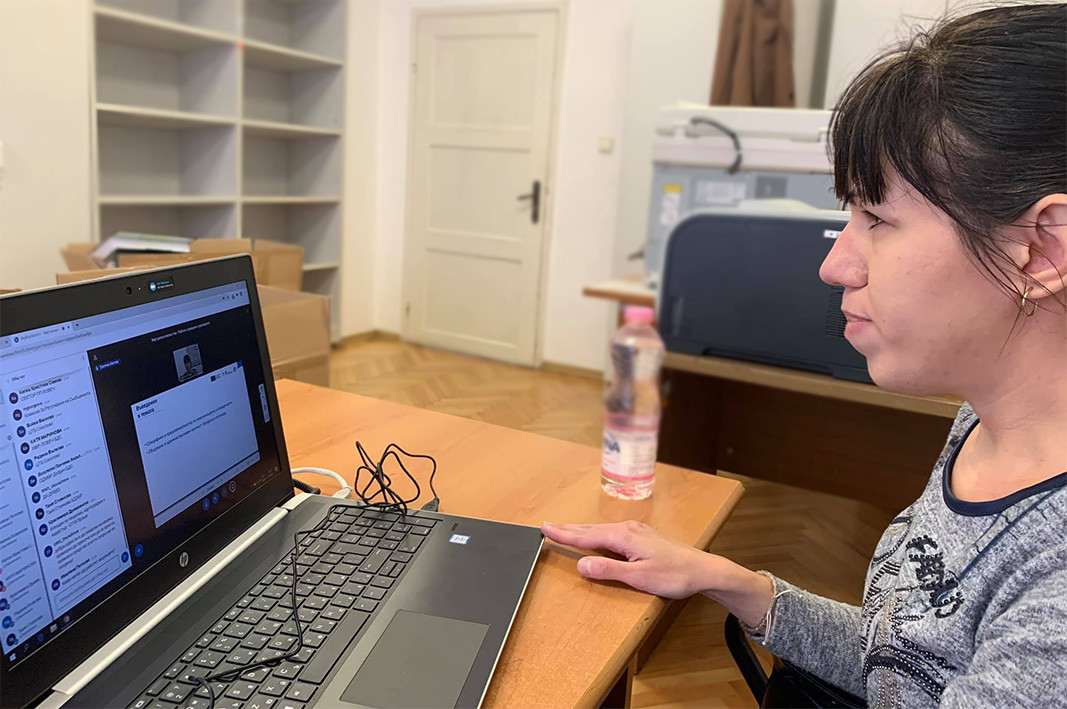




Traffic on the Danube Bridge near Bulgaria's Ruse on the border with Romania has been temporarily restored in both directions as of today . Due to the expected increased traffic through the border crossing during the upcoming Christmas and New Year..
An avalanche has fallen in Pirin Mountain close to Bansko ski resort and has buried people . The Mountain Rescue Service has reported that one of the buried people - a 25-year-old snowboarder - has died. Two others - a snowboarder and a skier - were..
President Rumen Radev met in Sofia with the Prime Minister of Hungary Viktor Orban who is paying a visit to Bulgaria at the invitation of the Bulgarian president. Rumen Radev stated that Bulgaria will continue to be a reliable partner to Hungary in..
According to the Bulgarian Embassy in Berlin, there is currently no information about Bulgarian citizens injured after the terrorist attack in the city of..
Representatives of 4 clubs of the Macedonian Patriotic Organization (MPO) in North America met at the Church of the Holy Spirit in Youngstown. The host..
The Bulgarian Foreign Ministry has expressed its heartfelt condolences over the terrible tragedy at the Prečko School in Zagreb. "Our thoughts are with..

+359 2 9336 661
